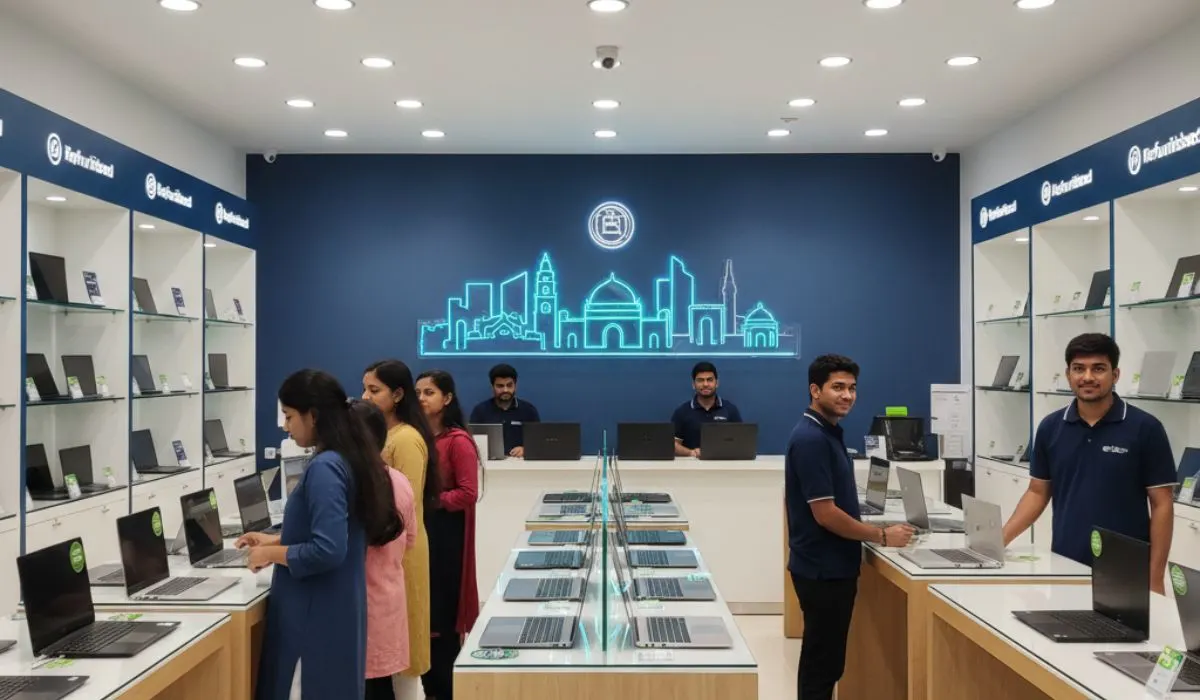1. A Silent Surge: Gujarat’s Unexpected Tech Ambitions
When people talk about India’s tech rise, they usually name Bengaluru or Hyderabad. Maybe Pune. Rarely does Gujarat enter that conversation. But something’s been brewing in the western state—quietly, methodically. In the last few years, Gujarat has begun shifting gears, particularly in electronics manufacturing. While it's long been known for its ports, petrochemicals, and business-first attitude, it's now eyeing something more modern—mobile hardware. Now, not many would’ve guessed this twist. Gujarat isn’t home to massive IT parks or buzzing startup cafes like the south. But it’s got something just as valuable—infrastructure and political will. With policies pushing for 'Make in India', Gujarat saw an opportunity and moved fast. Land? Plentiful. Power? Stable. Connectivity? Already strong due to its export-heavy industries. And with the growing demand for local mobile manufacturing, the timing couldn’t have been better. There’s also something about the way Gujarat operates. It doesn’t make too much noise but gets things moving. And in the mobile hardware space, where timelines are tight and margins even tighter, that kind of smooth functioning is exactly what companies want.
2. Big Players, Bigger Moves: Who’s Coming In?
Here’s where it starts getting serious. In the past year or two, Gujarat’s seen a wave of interest from mobile giants and component manufacturers. The Dholera Special Investment Region (SIR), a mega-project near Ahmedabad, is turning heads. It's not just government hype—it’s getting real investors. Chip, screen, and battery manufacturers are quietly establishing themselves or exploring the market. A few major players have already announced plans. Even more interesting, local entrepreneurs are catching on. A bunch of smaller firms—those who make casings, buttons, sensors, or even packaging—are moving closer to these new tech parks. That creates an entire ecosystem, not just one-off factories. It's like watching a mini-Silicon Valley form, except this one speaks Gujarati and runs on renewable energy.
3. Policies That Actually Work on Ground
One of the biggest reasons Gujarat is pulling ahead? Policy meets execution. Unlike some states where policies sound great but stall at red tape, Gujarat’s administration has figured out the balance. The Electronics Policy 2022–2027 offers attractive subsidies—not just on investment but also on land and power. Importantly, it cuts the waiting game. Approvals come quicker. That alone makes a huge difference in manufacturing. There’s also heavy investment in skilling the local workforce. ITIs and engineering colleges in districts like Gandhinagar, Rajkot, and Bhavnagar are being roped in to train young workers specifically for mobile hardware jobs—assembly, repair, testing, quality control. It’s a smart move. What’s the point of building a world-class factory if there’s no one to work inside it? In places like Dholera and Mandal-Becharaji, the government has set up plug-and-play zones. That means factories can be set up fast without starting from scratch. For foreign investors especially, this matters. They want predictability. Gujarat seems to understand that very well.
4. Not All Smooth: What Could Hold It Back
Now, it's not all smooth roads and green lights. There are gaps Gujarat still needs to fill if it really wants to become India’s mobile hardware capital. For one, the state doesn’t yet have a strong R&D base in electronics. Most current plans revolve around assembly and basic component manufacture. That’s fine for now, but long-term competitiveness needs innovation too. Then there's the issue of talent drain. Gujarat generates many engineers and professionals, yet many of them go to work in Mumbai or Bengaluru. To keep them home, the state must build not just jobs but a lifestyle—good schools, housing, culture, maybe even nightlife. So far, cities like Gandhinagar and Vadodara are trying, but they’re not quite there yet. And while Gujarat does great with roads and ports, air connectivity still has room to grow. For global tech executives visiting factories or scouting deals, seamless air travel is key. The state knows this and is upgrading airports, but time will tell how fast those efforts pay off.
5. Why the Next Five Years Matter Most
The thing about tech is—it moves fast. Gujarat’s momentum right now is promising, but if it wants to truly cement its position, the next five years are crucial. The world is in the middle of a supply chain shift. Geopolitical changes have put India in a favorable position. Gujarat just needs to keep pushing before someone else takes that space. If the state can continue luring investors, speed up approvals, upskill youth, and build full ecosystems (not just factories), it could genuinely become the mobile hardware nerve center of India. And maybe, just maybe, ten years from now, when someone talks about tech in India—they’ll start with Gujarat. Right now, it’s not about hype. It’s about potential. And Gujarat seems to have plenty of it













